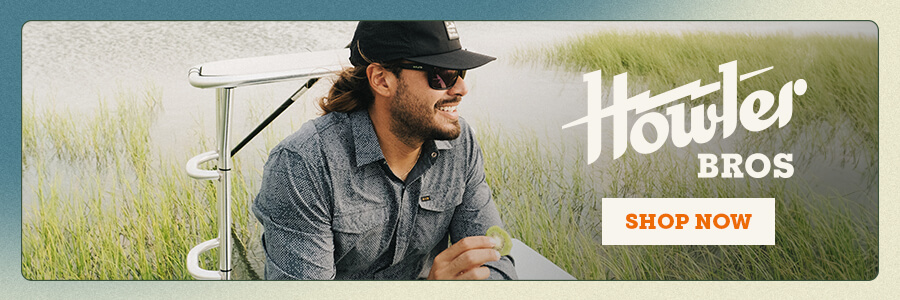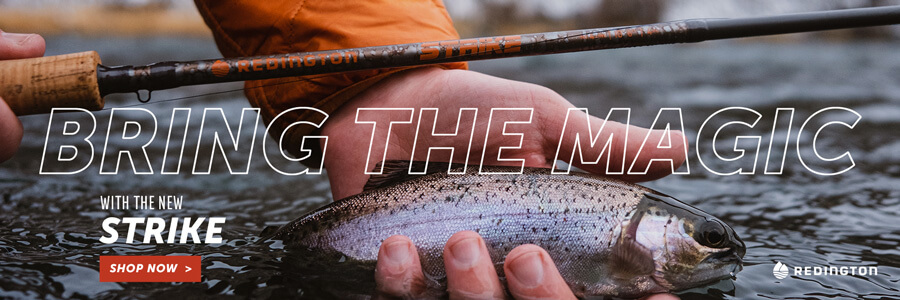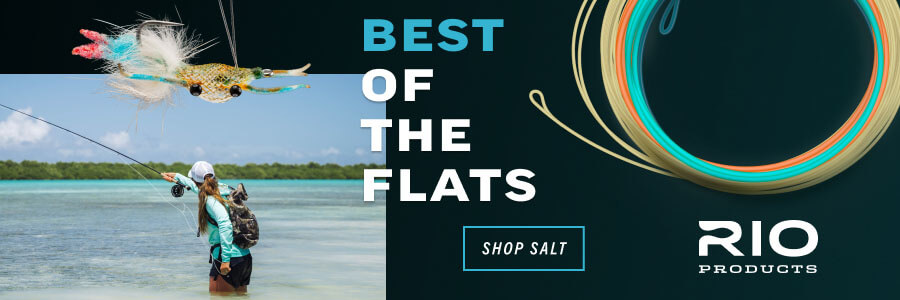Backcountry Stroker
Don Gapen made the first Muddler Minnow fly pattern using spun/clipped deer hair for its head. Originally used to imitate a sculpin or a baitfish, spinning deer hair is used for everything from grasshoppers to large saltwater flies. Deer belly hair is one of my favorite fly tying materials—messy and fun. Use just one color to create the head or stack multiple colors to mimic baitfish patterns. Most flies have a tail, body, head, and maybe some eyes. I prefer what’s used in this step-by-step description, but it can be changed to fit your materials at hand. The more time you spend spinning, stacking, and trimming, the quicker the entire process will become second nature to you.
MATERIALS LIST
- GSP or Flat Wax Tying Thread
- Gamakatsu SC-15 1/0 Hook
- Magnum Zonker Tail
- EP Craft Fur Brush
- Saddle Hackle or 1 Marabou Feather
- Deer Belly Hair
- Bead Chain Eyes
- Tie in thread.
- Attach magnum zonker tail to top of the hook. Use whichever method you prefer for an antifouling guard with monofilament.
- Palmer your choice of color EP craft fur brush just ahead of the zonker strip.
- Wrap the brush 4 or 5 times around the hook shank to build the body. Cut and trim off.
- Tie in a small piece of feather.
- Palmer just ahead of the EP brush.
- Select your deer belly hair about the size of a pencil and trim from the hide. Clean the underfur from the base of the hair with a comb.
- Place the clean deer hair at a 45-degree angle of the hook shank. Wrap your thread around the clump of deer hair and hook shank with 3 loose wraps. After wrapping 3 times, start pulling down on the thread, which will cause the hair to flare. Bring thread forward of the wrapped hair and make a couple of tight wraps. With your fingers or a tool, push the hair together to tighten.
- Repeat the steps to form the head. You can use multiple colors of your choice for the head to create a pattern.
- There are many types of eyes that can be used on this fly. This pattern uses bead chain eyes which allows the fly to float just under the surface of the water. Tie in eyes just in front of deer hair.
- Tie in one more small clump of deer hair behind the eyes, and one or two more in front of the eyes.
- Whip finish.
- Trim the deer hair with serrated scissors to start, and finish up with a doublesided razor blade. Remember to trim slowly—you cannot put it back on. Start with trimming down the bottom of the fly and then the top and sides. Then detail-trim to create the head.



